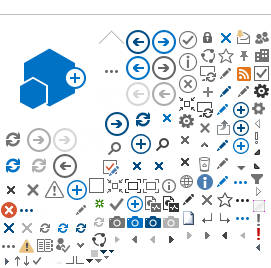No one is born with complete bladder control. Your brain trains your bladder by telling it when to empty. You can re-train your bladder and learn good voiding (peeing) habits at any age.
- Urgency is the feeling that you have to empty your bladder before it’s full.
- Frequency is how often you need to empty your bladder.
Your voiding patterns of frequency and urgency can be changed.
How to control urgency
- Stop what you’re doing and stay still. Sitting sometimes helps.
- Squeeze your pelvic floor muscles 4 or more times. Pelvic floor muscles are the muscles you use to stop peeing.
- Relax the rest of your body.
- Focus on something else, like counting backwards.
- Concentrate on holding back the urge to empty your bladder.
- Wait until the urge goes away.
- Walk to the bathroom at a normal pace or wait until later to go.
How to control frequency
It is helpful to complete a bladder diary before you try to re-train your bladder to control frequency. It helps you understand your current voiding patterns.
The goal with re-training your bladder to control frequency is to increase the time between visits to the toilet. For example, if you can comfortably hold your urine for 1 hour, your goal may be to increase that time to 3 or 4 hours. You can re-train your bladder to do this by following a schedule like the example below. Your healthcare provider can help you plan a schedule that is right for you.
- Week 1: Empty your bladder every hour during the day, even if you don’t feel that you need to. Try not to go the bathroom through the night. Keep track of your times by writing them down.
- Week 2: Increase the time between visits to the toilet by 15 minutes. This means emptying your bladder every 1 hour and 15 minutes. Develop good bladder habits, such as drinking less caffeine, and using the urge control techniques above. It’s OK if you have to empty your bladder before the set time once in a while. Just keep on trying.
- Week 3 and beyond: Increase the time between visits to the toilet by 15 minutes each week. Do this until you can go 3 to 4 hours without emptying your bladder. Congratulate yourself on having re-trained your bladder. Keep up the good habits and pattern.
